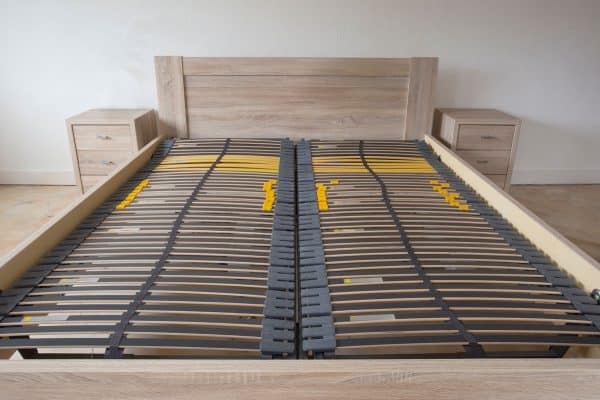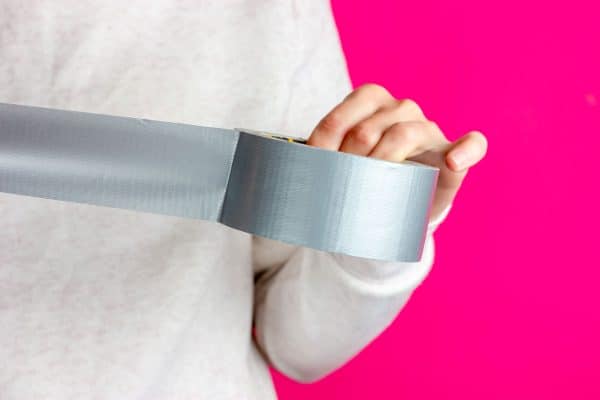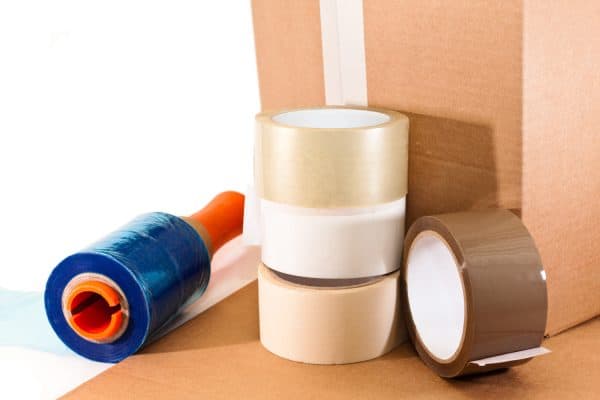Moving to a new home is always a big job with lots of packing to do. Of all the things to pack, you need to properly wrap tableware so that it would reach its destination in one piece. But, issuing bubble wrap a good choice for packing material? We've researched how to securely pack dishes to help you!
Choose bubble wrap with tiny bubbles; it is easier to work with than those with larger ones. Wrap each piece of fragile glassware or ceramic, ensuring enough padding for protection. Wrap similar-sized dishes together limiting four per bundle to avoid overcrowding. Once done, place the dishes in their designated box and tape it shut.
Now that you know how to bubble wrap dishes, keep reading this article to learn more about packing, like tips and products. We will also be answering some of the frequently asked questions related to this topic.
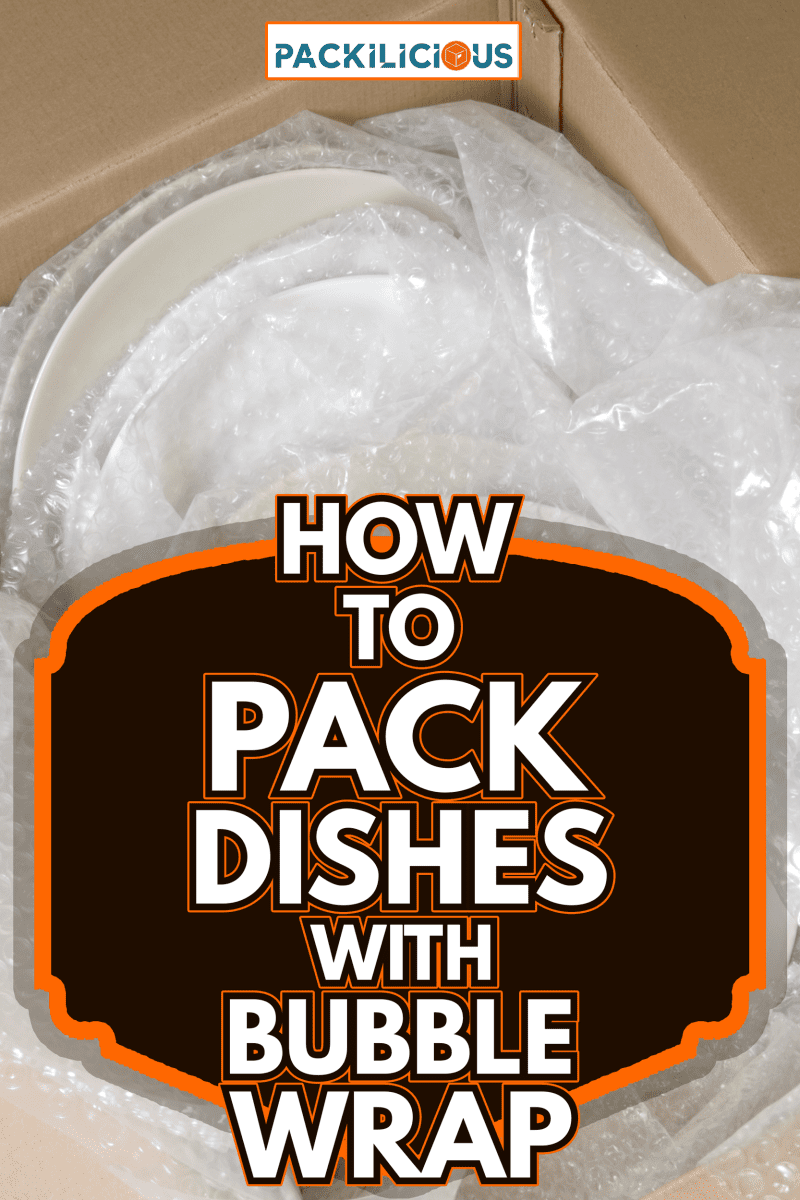
How Thick Should The Bubble Wrap Be?
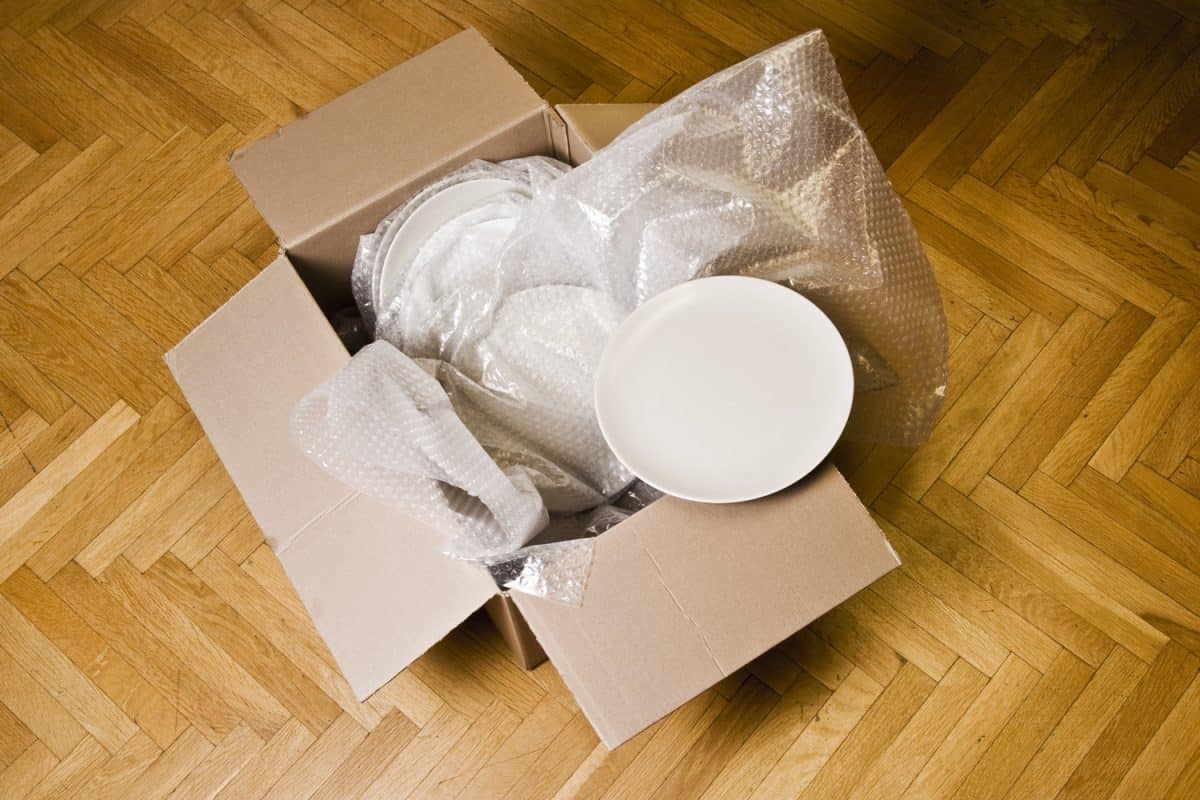
The ideal bubble wrap thickness varies depending on the size of your item. For small items, 1/8-inch-thick would provide sufficient protection.
3/16 and 1/2-inch wraps will work great for medium-sized items. For objects at risk of heavy impacts like drops, 5/16 and 1/2-inch bubbles can withstand the effects. However, because it is a giant bubble, it may not be able to carry a heavy object.
Which Side Of Bubble Wrap Goes Inside?
Wrap your dishes with the bubbles pointed inward. The cushioned part should wrap the item while the less padded side should face outward. Secure the wrap with tape so it won't come undone while in transit.
Which Is Better, Large Bubble Wrap Or Small Bubble Wrap?
Bubble wrap is a popular choice for packing material since it is cheap and effective. Aside from its primary purpose, it doubles as a play toy for kids and a stress reliever for some adults. Depending on how you intend to use the bubble wrap, both variants have pros and cons.
Large Bubble Wrap
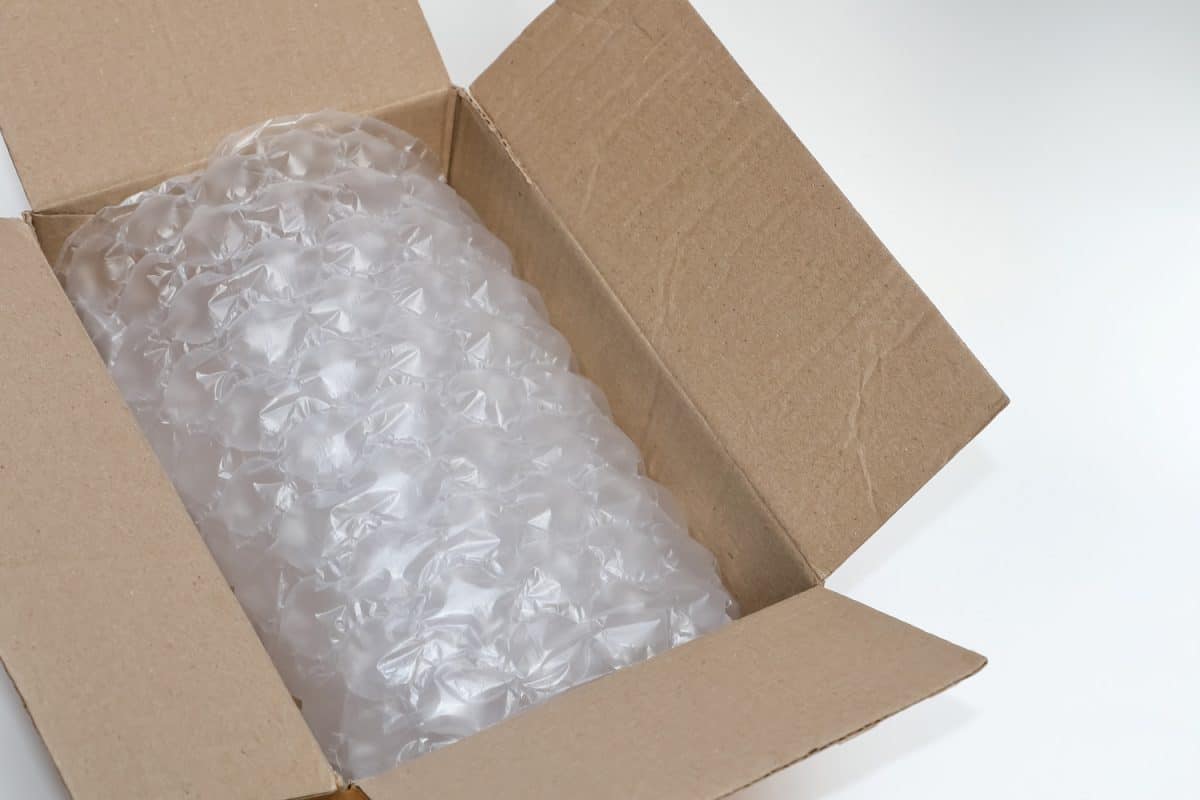
Large bubble wrap is perfect for filling void spaces due to its bulkiness for padding. Large wraps give the extra cushion perfect for packing delicate items like glasses and figurines; however, it is difficult to manage due to its size.
It will take too much space for numerous small objects like goblets and ceramics. We also don't recommend using this on heavy objects as it will burst with the weight.
Small Bubble Wrap
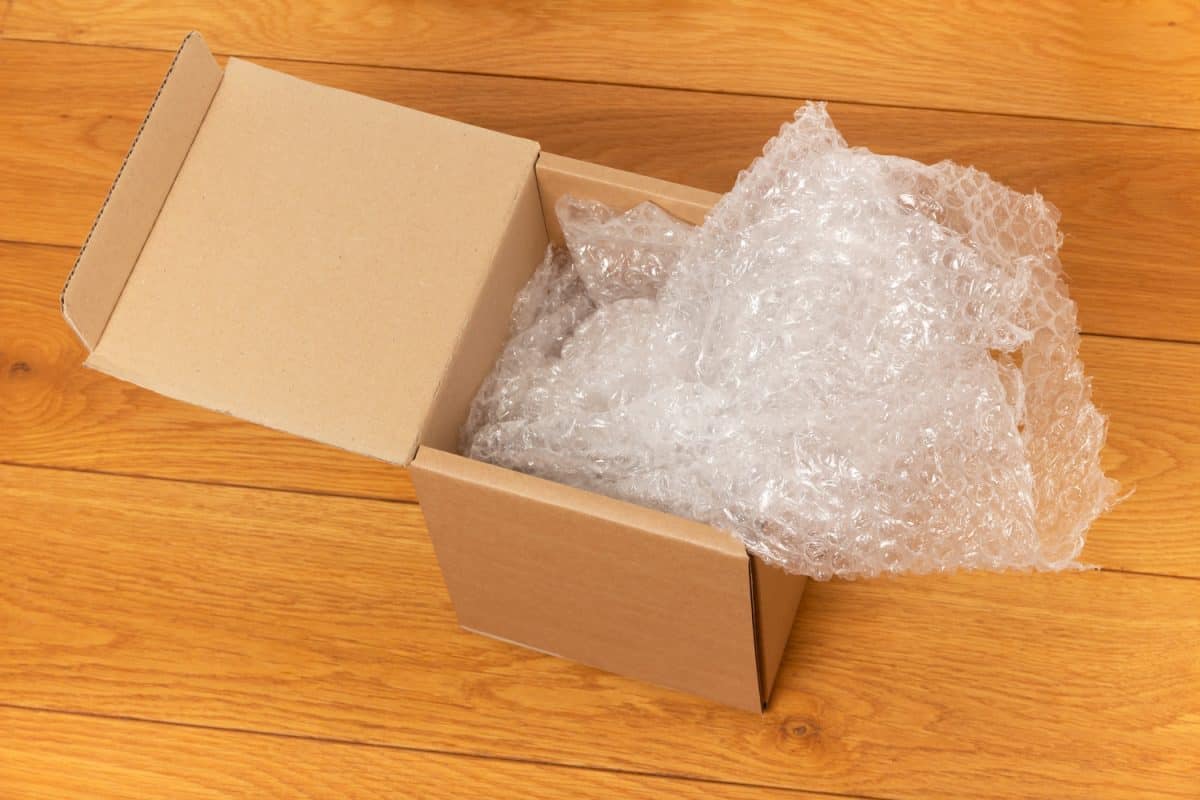
Most people prefer small bubble wrap because it is manageable and versatile. You can use this as a filling medium and a packing material.
It can carry more weight without the fear of bubbles popping. The only downside is that it will require you to wrap extra layers around the item to compensate for its lack of cushion, thus resulting in additional purchases.
What Are The Different Types Of Packing Materials
Some of your belongings inevitably get damaged during transit; thus, it is essential to incorporate packing materials to prevent this. Listed below are the different types of mediums used by movers.
Bubble Wrap
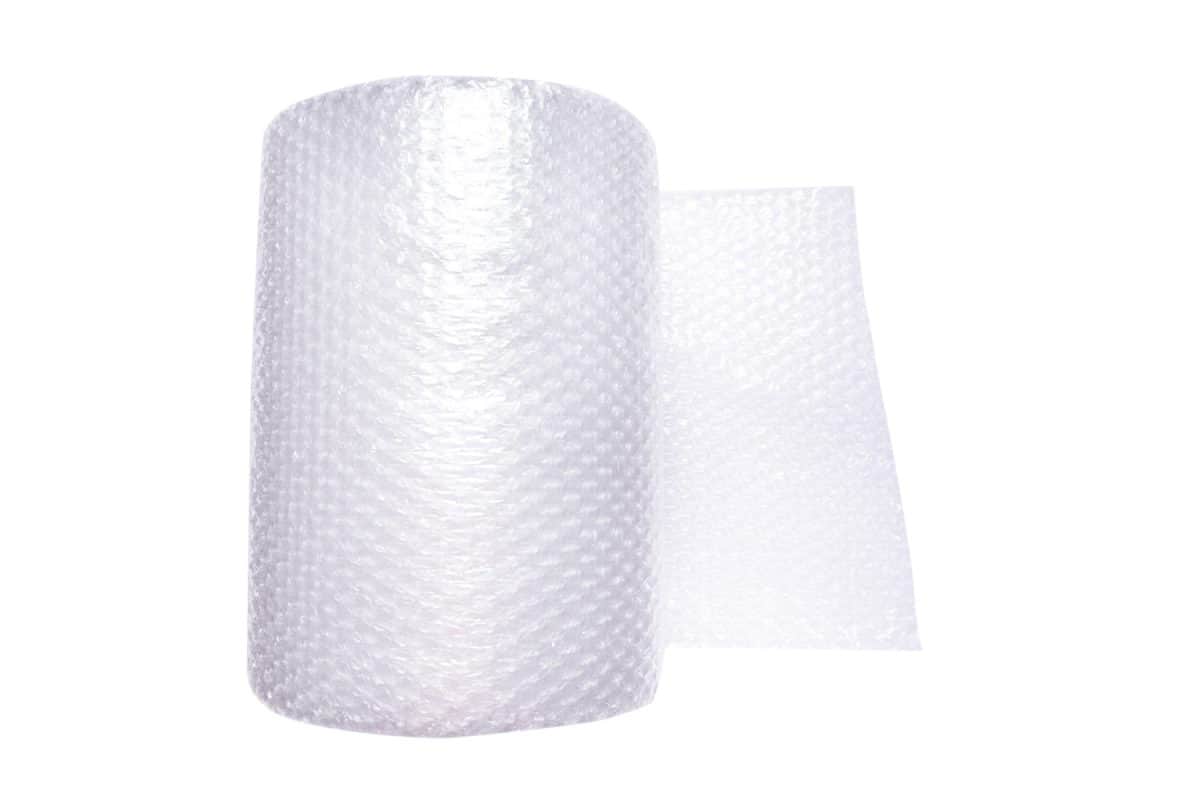
Bubble wrap is the most popular packing material for various reasons. It is cheap, effective, and lightweight. Before purchasing, inspect the bubbles to ensure they are sufficiently air-filled, as this will serve as the cushion protection of your fragile items.
You can combine two materials -packing paper and bubble wrap- to be more cost-efficient without compromising your belongings.
Check out this Bubble Wrap Roll on Amazon!
Packing Paper
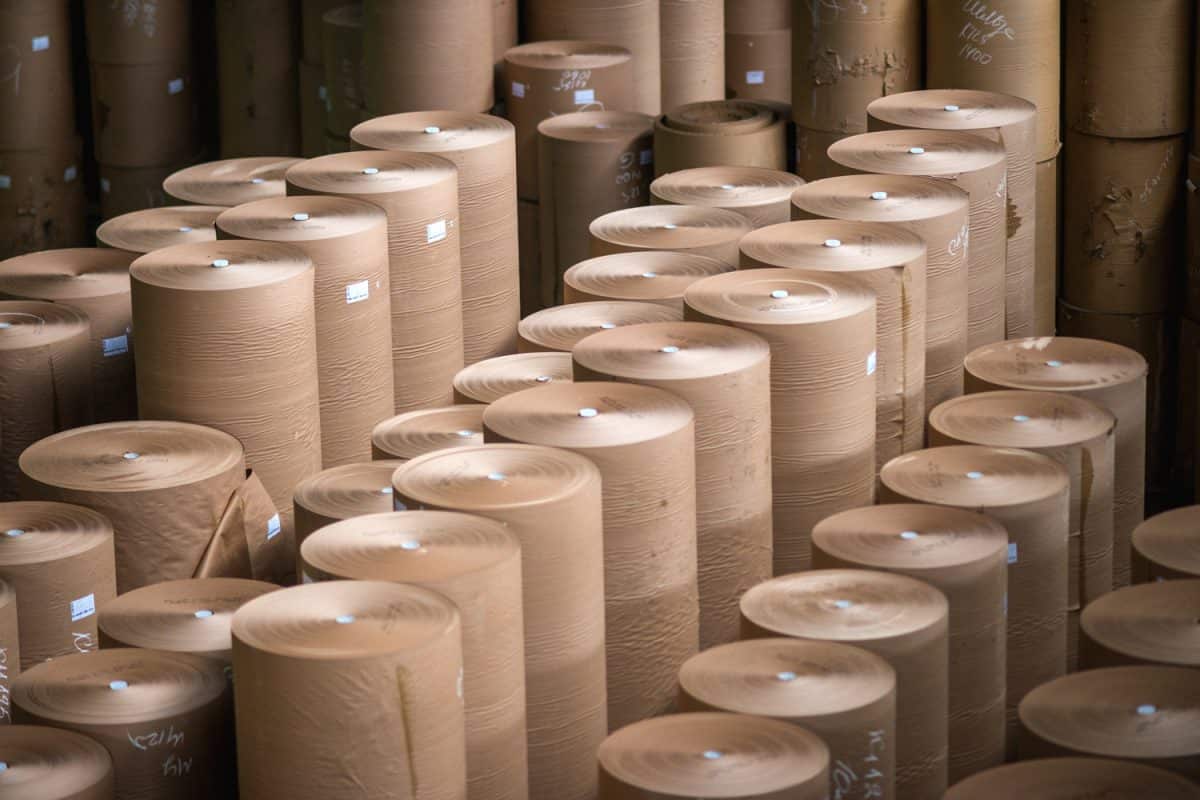
People often use packing paper for objects made from hard materials like steel and wood. It prevents minor damage like scratches, especially for items stacked on top of each other.
However, it won't protect your belongings from breaking or chipping since it doesn't have any padding; so, we suggest combining it with bubble wrap.
Check out these Packing Paper Sheets on Amazon!
Specialty Packing Kits
These kits usually come in a box with cardboard dividers and spaces fitted for specific items like kitchenware and glasses. It is the safest and most efficient packing material though it can be pretty costly, and most likely, you will need two to three of these kits to fit all your fragile items.
Styrofoam Packing Peanuts
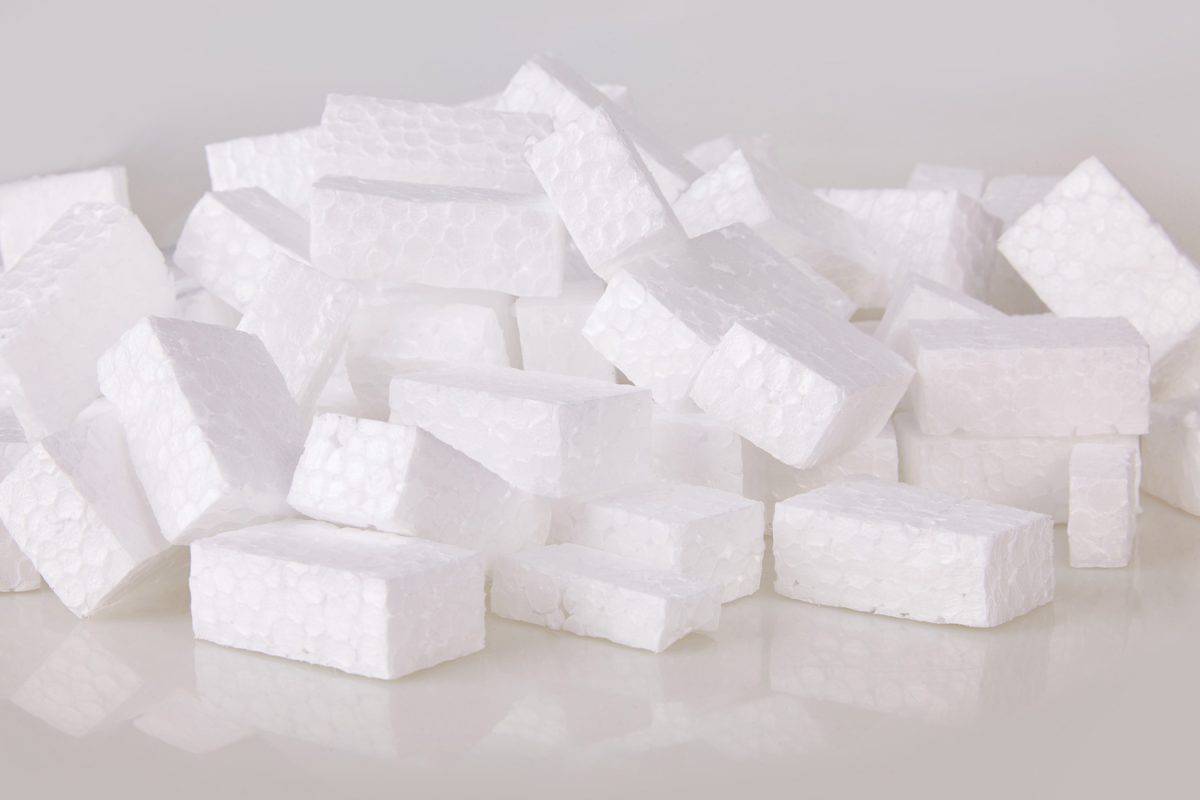
Widely used as a filling medium, these are often seen in delivery packages to prevent drastic movement inside the box. It doesn't offer much protection for fragile items as these need to be tightly packed and cushioned to prevent damage upon contact with other things.
As an alternative to packing peanuts, you can use styrofoam blocks to protect your belongings and fill the voids with peanuts.
Packing Foam
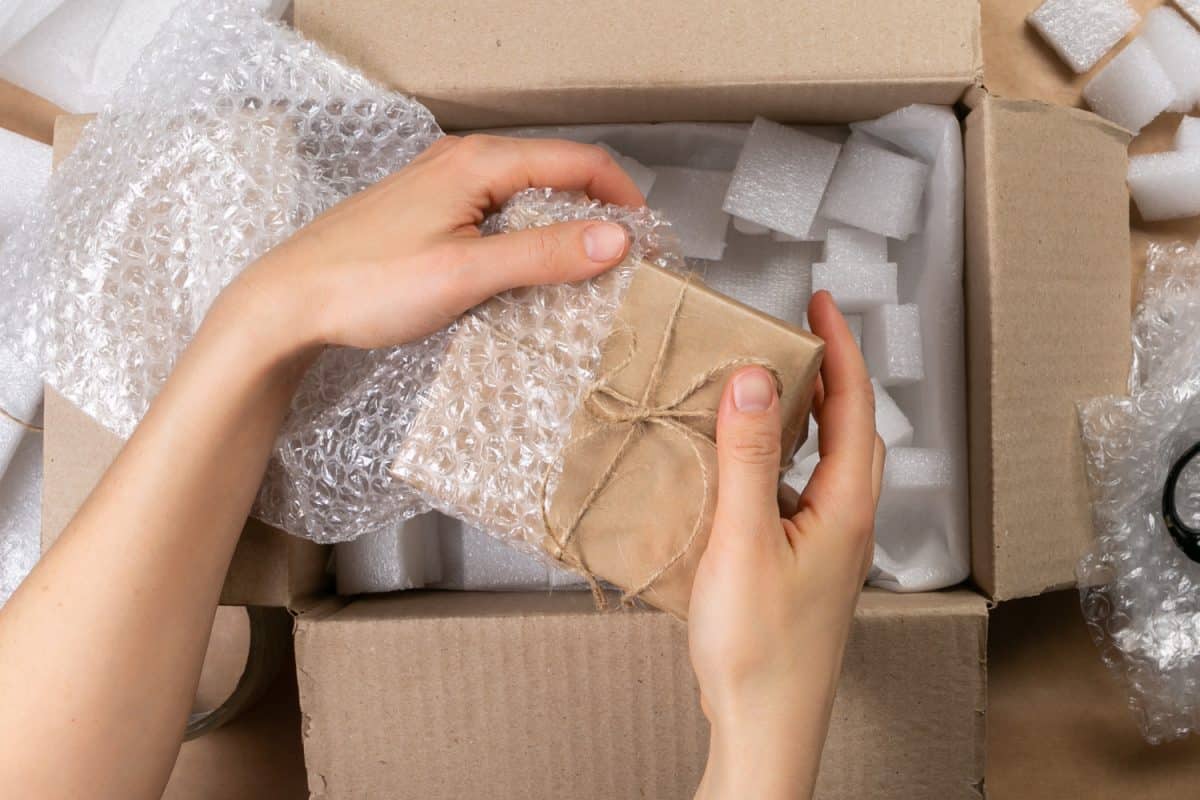
Packing foam comes in various types, shapes, and sizes. Some of these are foam pouches for smaller items like jewelry and decorations. Sheets for larger items like paintings and frames, and corner guards can protect furniture corners from scratches and retain shape.
Like specialty kits, packing foams can be pretty costly; thus, it would be better to partner it with other materials than solely relying on this.
Check out this Packing Foam on Amazon!
Household Items
If you run out of packing materials and only a few things are left to wrap, you can use household items readily available on hand. With these methods, you're also saving up space since you'll be packing more than one belonging in one go.
Scratch Papers/ Newspapers
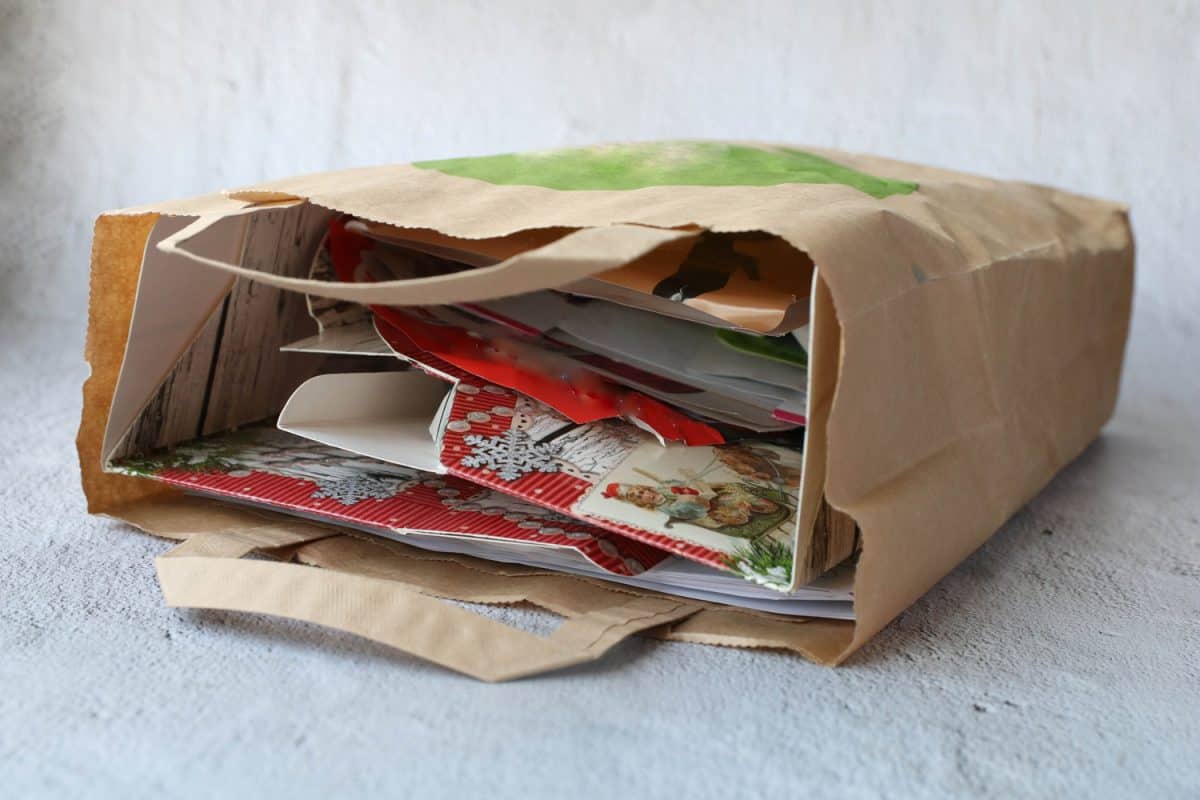
You can use any disposable paper instead of packing paper. Despite not being as effective as the other packing materials, it is still better than no protection. After wrapping your belongings, utilize the remaining papers by covering the box for extra cushion and filling in the spaces.
Towels
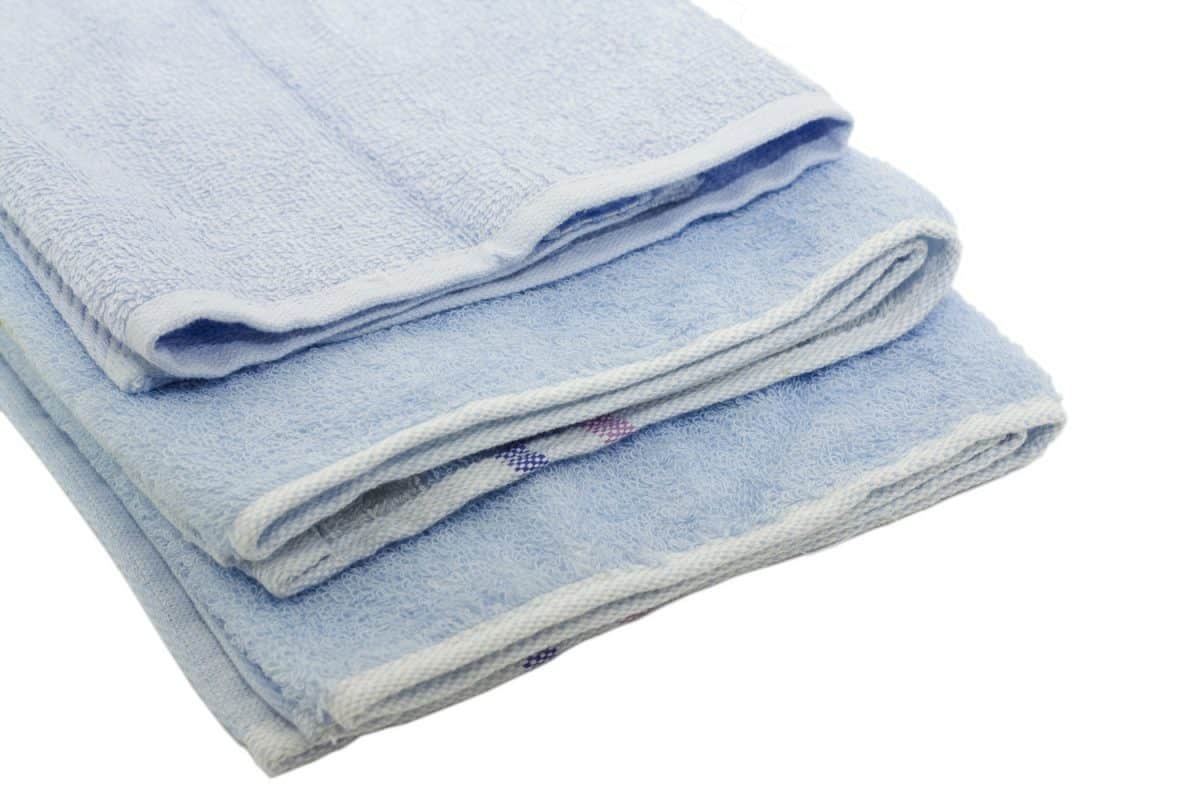
Use a more oversized towel as an exterior wrap for bundled-up fragile items like dishes and glasses, while small hand towels can separate stacked things. Ensure that the fabric is dry and non-abrasive to prevent damage like scratches and mold.
Bedding Sets
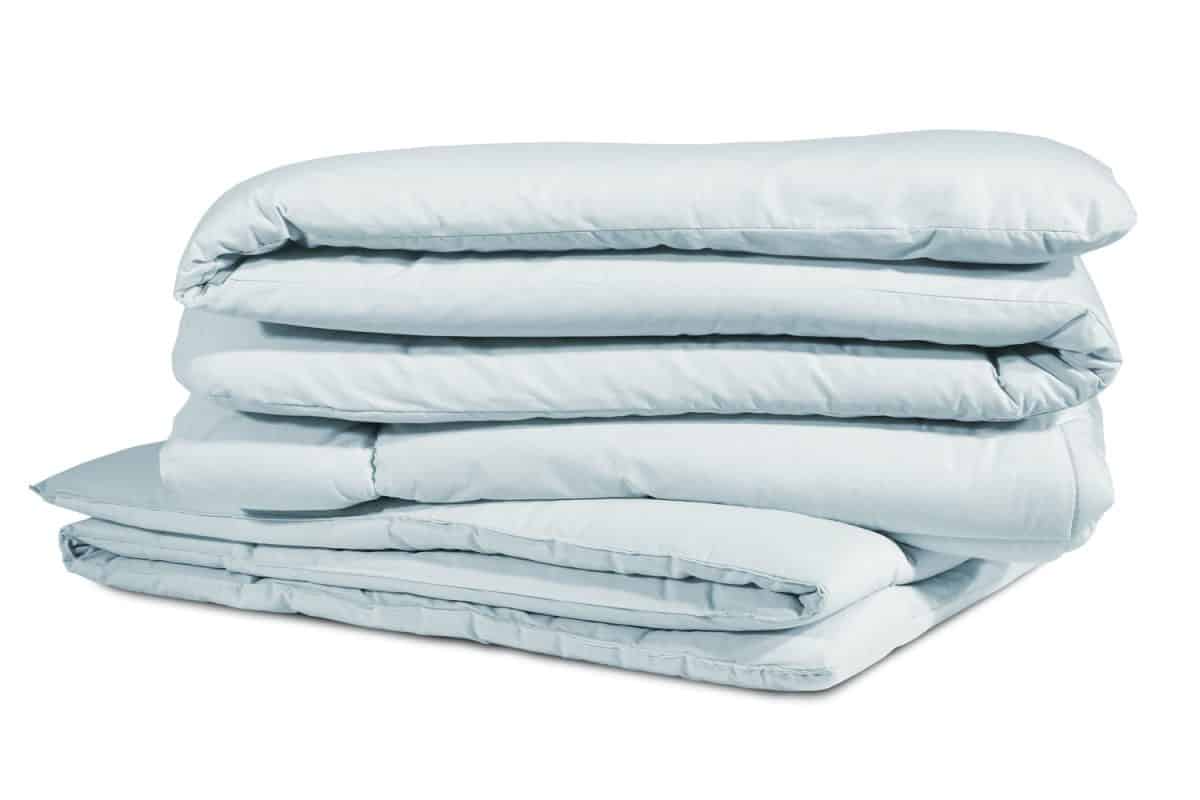
Bedsheets, pillowcases, and blankets are perfect for packing fragile items. Due to its size, you can wrap these items two-three times, thus creating a cushion. Moreover, you can use thick comforters to line your moving boxes to prevent shifting and minimize impact while moving.
Clothes
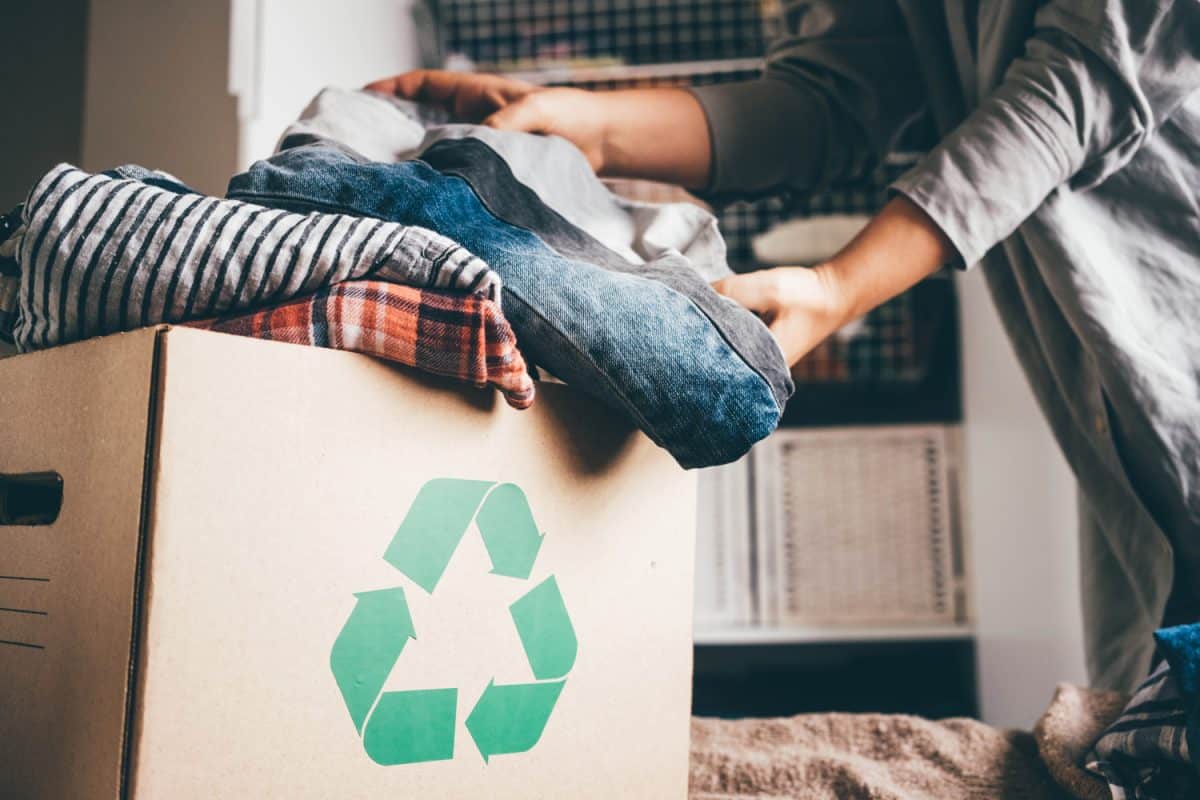
T-shirts have enough fabric to wrap individual plates and bowls, while you can use socks for glasses and cups. Choose thick fabrics and line your boxes with winter jackets for maximum protection.
For the best result, and as we have mentioned throughout this portion, combine two or more materials for that extra layer of protection. You can also save yourself time and effort by hiring moving companies to do the job for you. Some offer packing services on top of their logistics for convenience.
Conclusion
Starting a new life in a different place doesn't necessarily mean new household items. As long as your belongings are properly packed, and the moving company does their job, your belongings will arrive safely. Remember that most of these packing materials are not biodegradable; thus, to avoid unnecessary waste, recycle and reuse these items for your next move or DIY project.
You might also want to check some of these related articles that might help you with the preparation and moving process:




